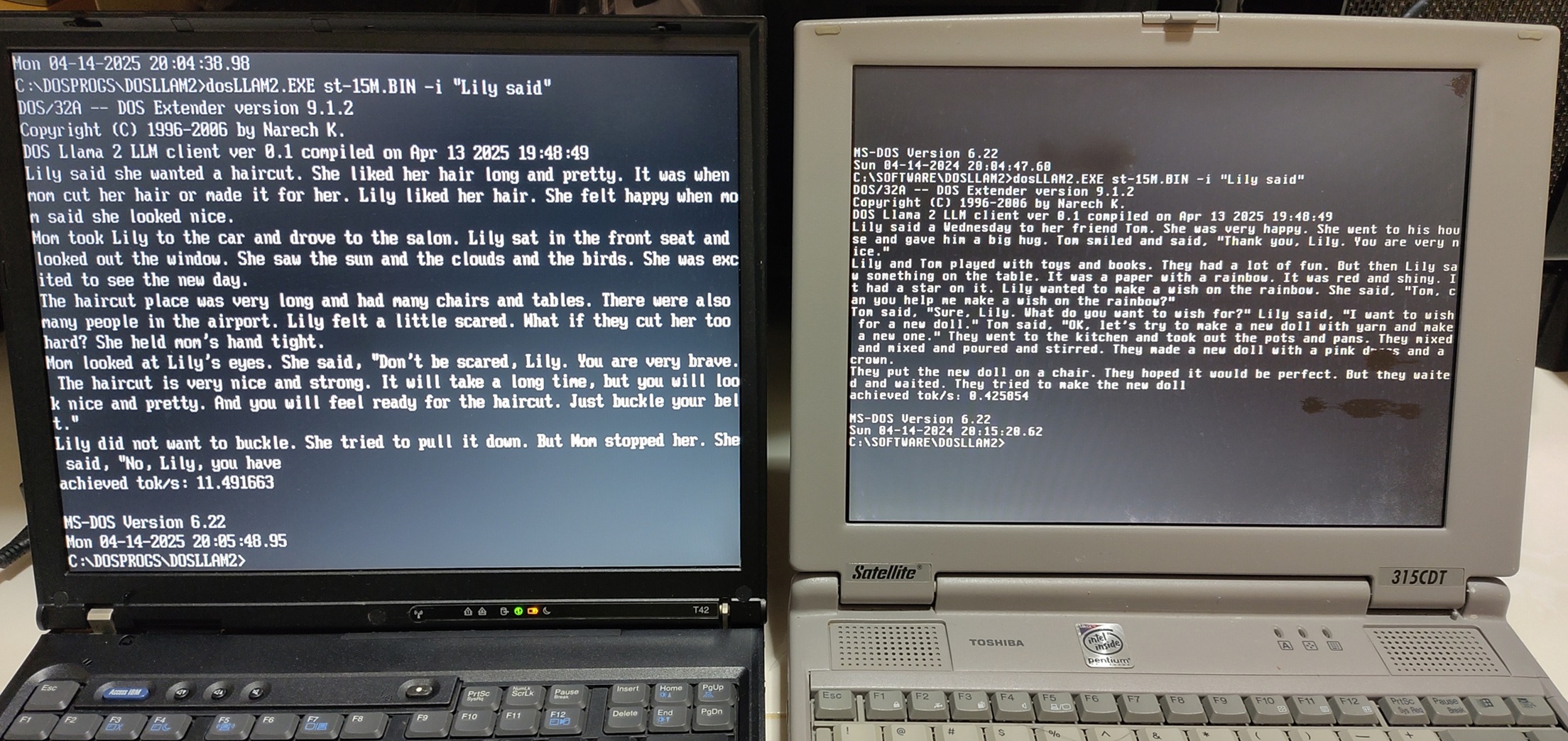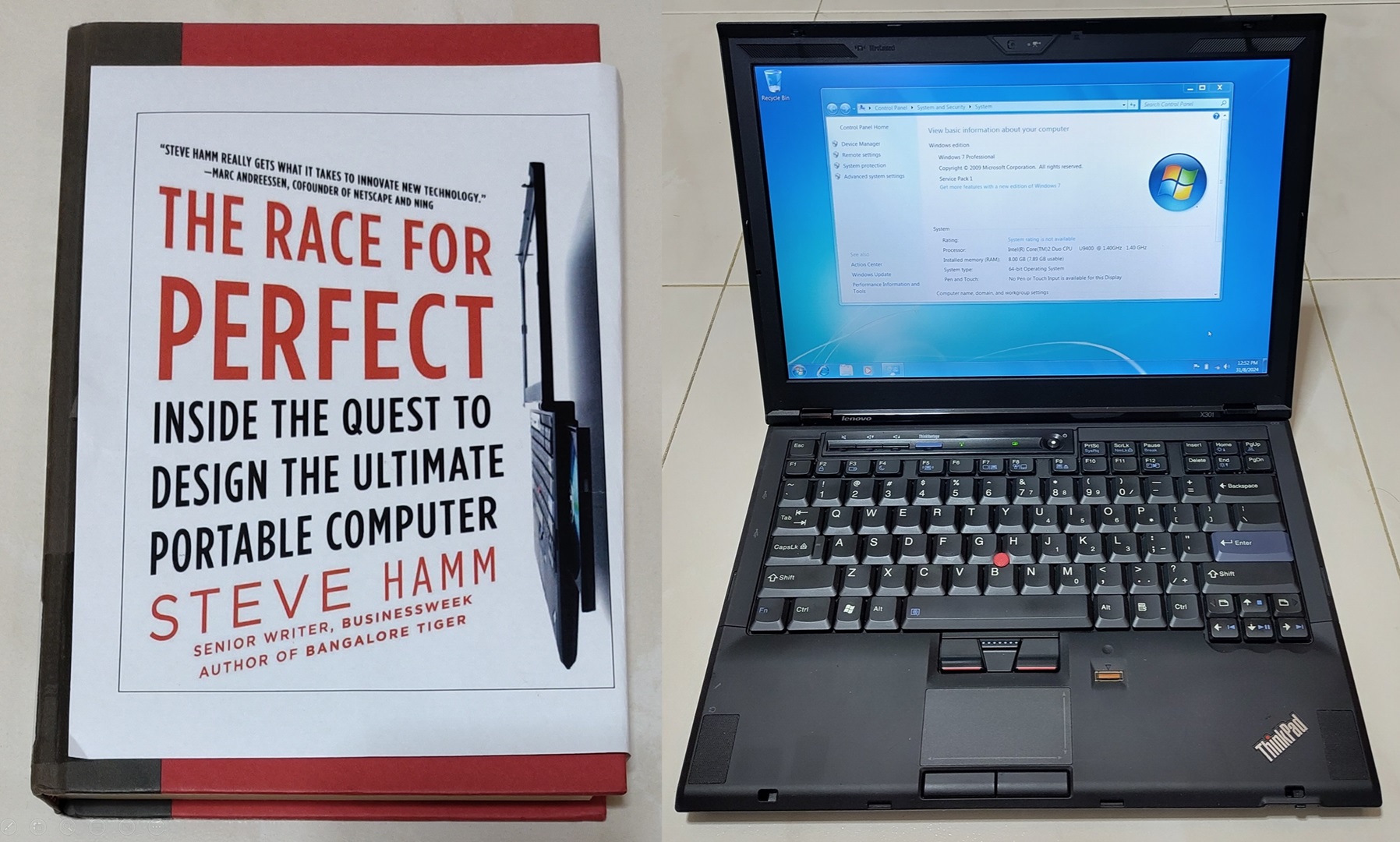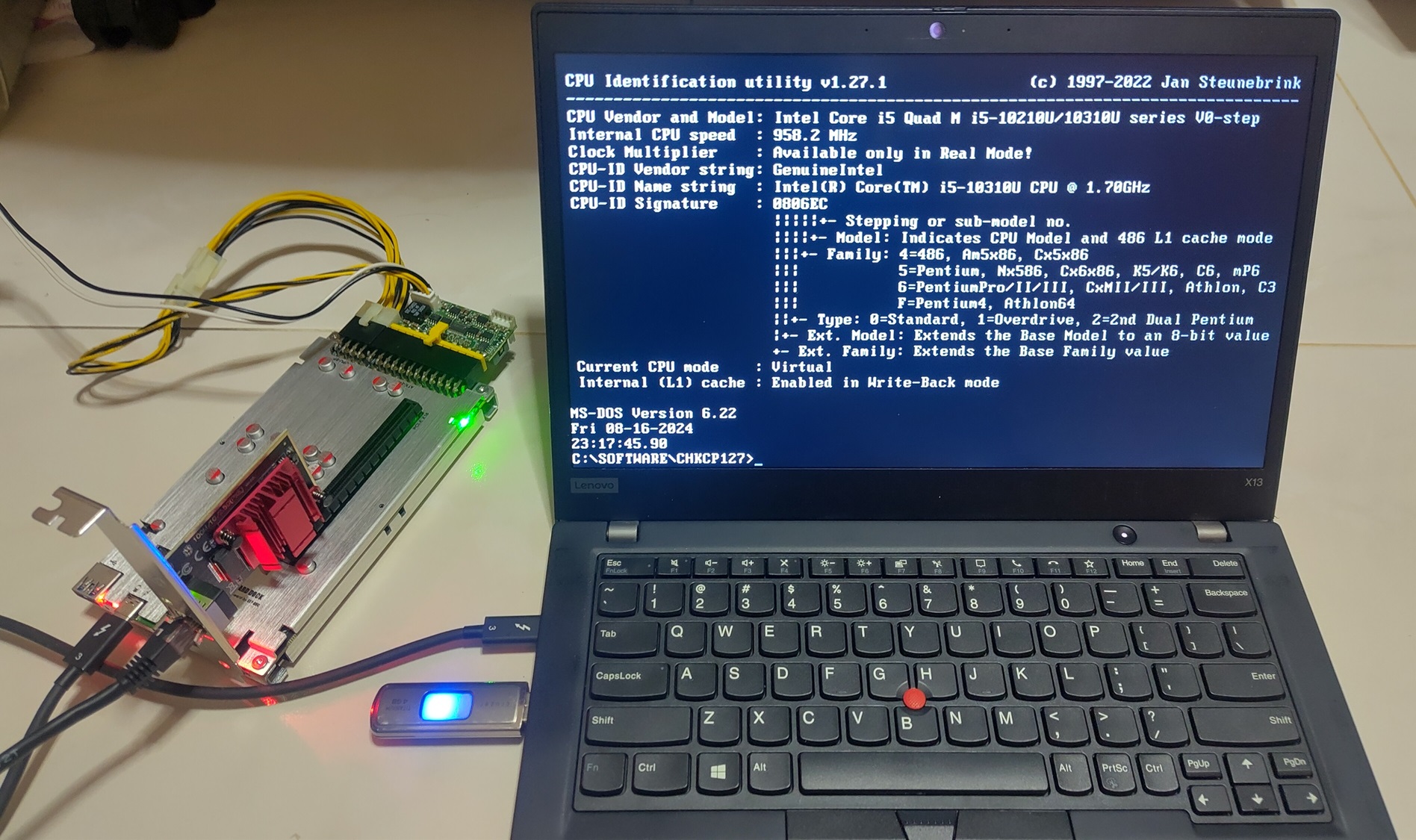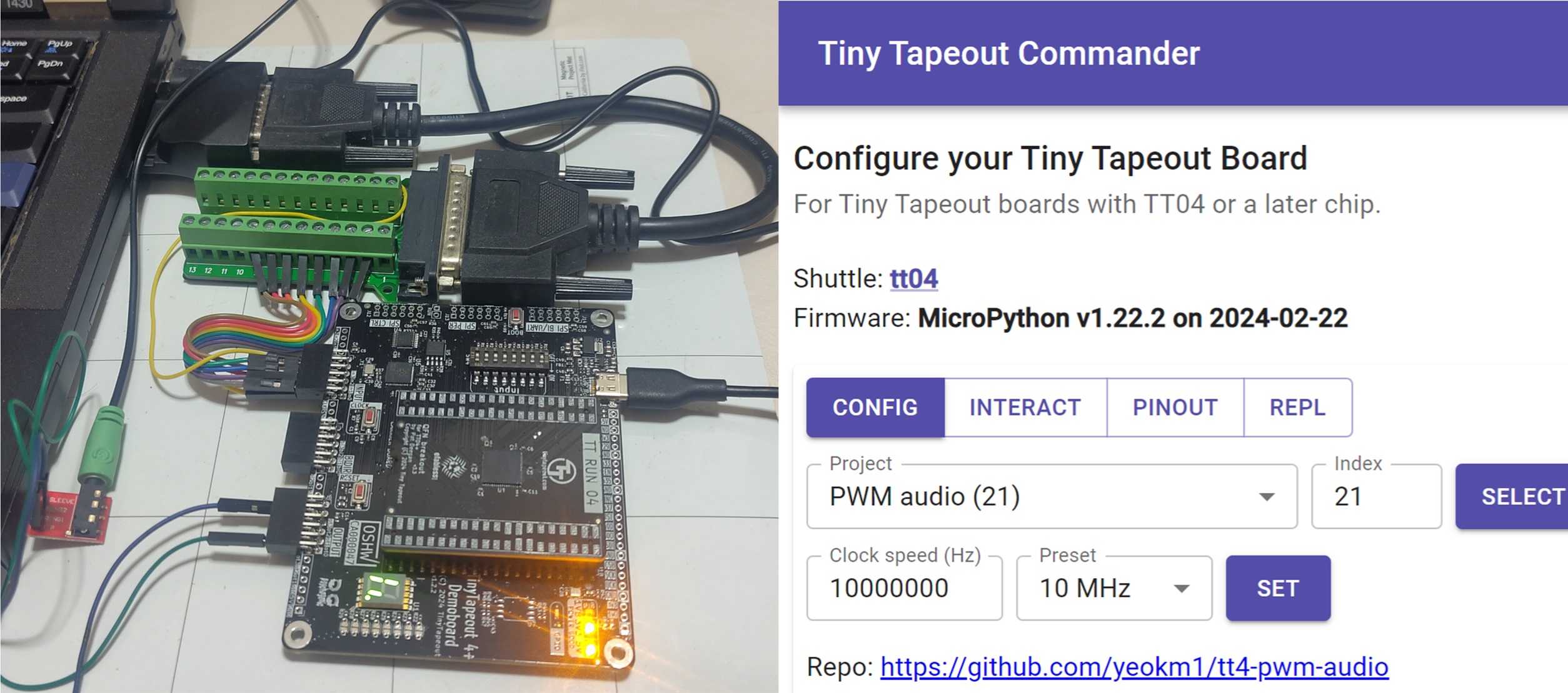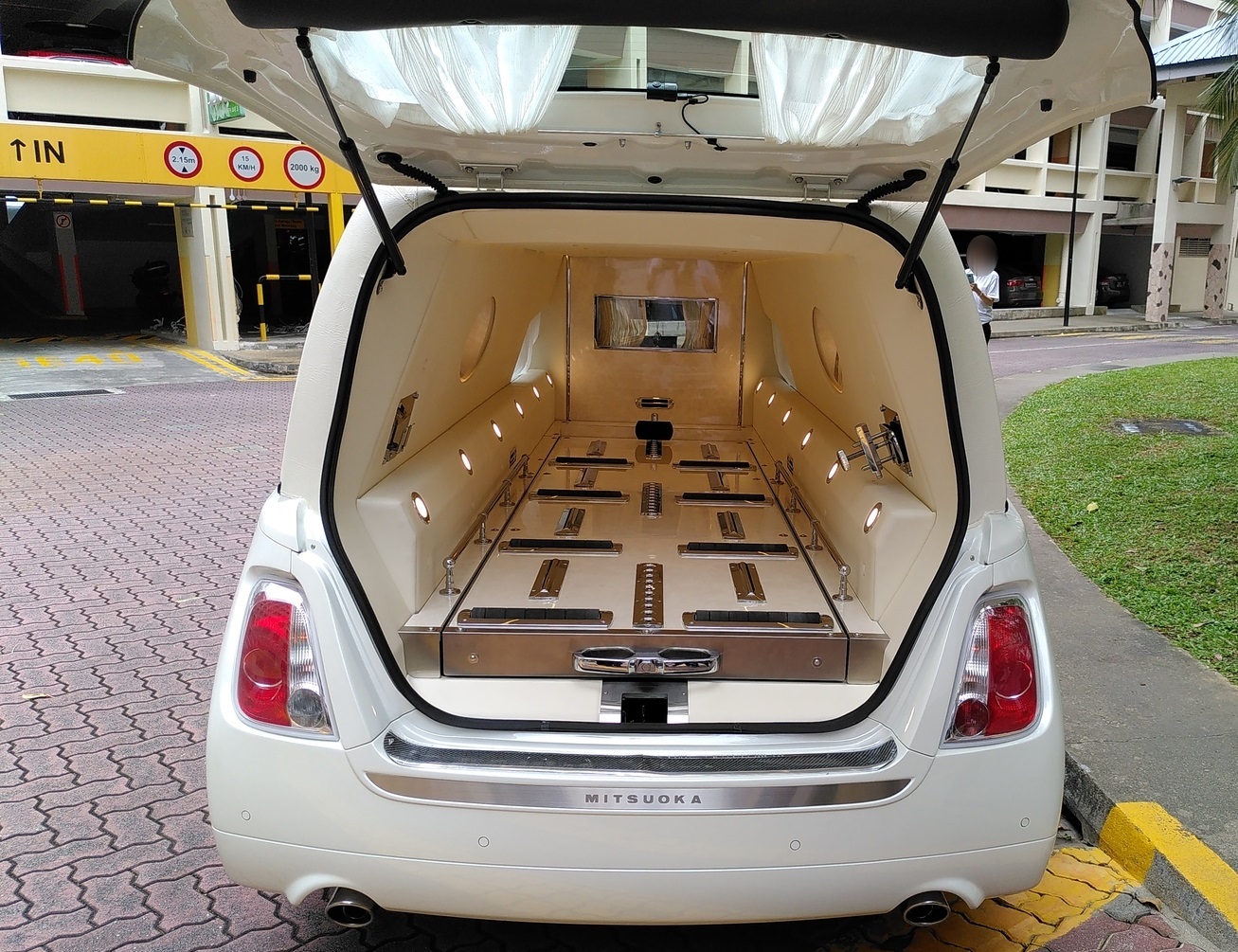
My grandmother who lives with me and my family passed away at home recently. In the ensuing days, my family and myself went through a wake process that took a few days but felt like many months of work went by.
This was not my first time attending or helping out in a wake, but it was the first one that I was heavily involved in since the departed involved a close family member in my home.
Although no one likes to go through wakes especially one from your own family, there are several points to learn from so it can lessen the burden for the subsequent one. In hindsight, I would say my family did quite well in this aspect but of course there are still extra learning points.
Long before the wake
As much as planning for what happens after death may be a taboo topic, not planning ahead is only going to cause more grief when it happens.
Asking the party
This is obviously the most important, what does he/she want?
This topic may need to be proactively brought up tactfully if the party has not discussed it. We should try to accede to it within budget and reason.
Questions like the following can be asked:
- Any special wishes or requests during the wake?
- What rites are preferred?
- Niche location
- What photo to use?
- Any other relevant questions
The answers to these will greatly influence what needs to be done next.
Police station operating hours
Upon the death, the most important document to get ASAP relating to the deceased is the death certificate. Without that, nothing else can proceed with certainty.
The only party that can issue this is at a police station.
Some police stations especially the police posts in void-deck locations do not open 24 hours and not the usual 9-6 working hours. If the death occurs outside of the working hours of your nearest police post, you have to head to another 24/7 one further away.
Save the trouble and research their addresses and opening times early so you don’t waste time going to a police post only to divert later if it’s closed.
Scouting the relevant void deck space
One usually has a pretty good idea which void deck space are usable as you occasionally see wakes held near your block.
Have an ordered list of locations at the ready as sometimes your favourite location may already be reserved at that time you need it. Find out the proper names of those locations so the process of reserving the location over the phone will be less confusing. For eg, I only knew the official name of the pavilion beside my block was called “Communal Hall” during the wake.
Record the contact numbers of the following:
- Town Council: To reserve the void-deck space
- Essential Maintenance Service Unit (EMSU): This is the number pasted in the lift lobby.
The Town Council number only operates during working hours and it’s the first choice to tentatively reserve the void deck space before heading down with the death certificate. If after office hours, one can call EMSU to make a tentative-of-a-tentative reservation.
The finalised official booking has to be done in person at a Town Council office with the original death certificate to book space for wake purposes. Have the address list of those offices on standby in case one is closed or something.
Getting quotations from Funeral Director (FD) companies
With the party’s requirements and approximate location in mind, some research is in order. Contact some wake companies and niche locations for a price estimate based on what kind of services you need.
The rule of you get what you pay for generally holds true here. The package you opt for will greatly influence factors like the following:
- How many days to hold the wake?
- Quality of decorations
- Number of tables for guests
- Items at Reception desk: Secured Safe for money, Wifi, visitor record etc
- Number of fans/coolers
- Is a portable refrigerator provided?
- Are white shirts provided?
- Amount of tent coverings
- Number of portable toilets
- Monk chants
- Extra workers for guarding the wake at night
- Amount/Quality of catered meals
- Snacks and refreshments
- Hearse car
- Coffin Type
- Certifying doctor for cause of death
- Ash transportation if any
- Video montage service
- Any hidden or extra charges if additional services are required during the wake?
The estimated cost will then have to be discussed with the relevant family members beforehand as this involves money.
It might cause problems later if a family member deems a wake package as too simple or too extravagant. The family should make sure to standby the necessary financial resources for this eventuality to not get a bill shock.
Personal effects
Got 3 types here
- Identification documents
This is pretty obvious. IC and probably a photocopy.
- Medical documents
If one passes away from natural old age, very rarely he/she will have zero health issues near the end of their life.
Having those documents like past doctor reports, medicine etc easily accessible and filed will aid the certifying doctor in certifying the cause of death.
- Clothes and adornments for the deceased
When the death is certified, the body will initially be taken away for Embalming. After that, it will be dressed in the provided clothes and adornment.
So these items have to be on standby already.
Wake Attire
For the Buddhist wake at least the one my family did for my grandmother, the close family members have to wear white shirts throughout the event.
Even if the wake package provides white shirts, experience from this and past wakes I have attended shows that the material quality of those shirts are usually poor. Wearing those low-quality material shirts might not be comfortable considering the many hours one has to wear them.
Far better to get sufficient comfortable white shirts on your own beforehand.
Past Photos and videos
A video montage may be part of the wake package. In that case, they will ask for photos and videos of the deceased throughout his/her life in order to produce the video.
If those photos are not prepared early, it would be a mad rush to find sufficient amount of relevant photos. Precious time to lose in an event-packed wake proceedings.
My family wasn’t aware of this so we quickly had to scrounge through my grandmother’s ancient photo albums. Thankfully we knew at least where they were kept. However, given the analog photos of decades ago, lots of manual scanning and cropping work had to be done.
Even if the FD does not provide this kind of video montage service, it can also be nice touch to do some kind of simpler Powerpoint slide show with the photos.
When the eventuality happens
Everyone is distraught when it happens especially at home for my family. I had a blood pressure monitor at home and it was a quick way do an initial check than trying to measure a pulse or breathing by hand.
In this general order, this was what my family did.
1. Call the chosen Funeral Director (FD)
The Funeral Director usually knows best of how to proceed given their experience and can offer a clear direction to the family. They need time to come over to access the situation and wake area as well.
2. Assemble the relevant relatives
No question about this. They too need time to come over to see the deceased as well as discuss with the FD on how to proceed.
3. Inform your employers
It’s very easy to forget this in the heat of moment. At least do tell your employer so that they can arrange people to cover your duties. They may also need time to arrange to send a wreath over if they choose to.
4. Discussion with the FD
If the death is at home, the FD will make an initial visual assessment of the deceased and call their affiliated doctor (if the family does not have one) over to certify the death.
While waiting for the doctor to arrive, here is when the FD will layout again the latest wake packages and prices. Key decision-making relatives should be around by now. Everyone should be agreeable to the expected plan and price of the wake proceedings.
5. Certifying doctor (if death occurs at home)
Once the doctor arrives, he’ll do a more thorough check on the deceased. Identification and medical documents will have to be produced to aid the doctor in the assessment of death.
Once the doctor is satisfied that this is a natural death of a known cause, he will issue a Certificate of Cause of Death (CCOD) on the spot.
6. Head to police station to get the Death Certificate
The CCOD is required to be produced to the police for them to issue the Death Certificate. Take a photo or scan this CCOD before heading to the police as they will take away the original copy.
The designated family member will take the original CCOD to the nearest police station open at that time to register the death. He has to bring his IC along as well.
If the police is satisfied, they will issue the Death Certificate on the spot. While coming back with the original certificate, have the family member take a photo of the death certificate and send to every relevant person. A Whatsapp group for the wake planning is a start.
With the Death Certificate, everything will move quickly from now.
7. Book a slot at crematorium
There is only one government-run crematorium which is Mandai Crematorium and Columbarium Complex. The other 2 are private ones. The Mandai Crematorium offers the lowest rates so most people opt for it.
Make a booking with them early as “better” time slots are taken very quickly.
8. Call the town council or EMSU to book void-deck space
Ring the town council office or EMSU quickly to make a tentative reservation of the void deck space for the wake timeframe.
If your preferred space is already booked, you have no choice but to go down your ordered list until you find one that fits your wake schedule.
9. Standby personal effects
The FD will also call their personnel to take the deceased away for embalming. While they are on the way, standby the clothes and adornments you want the deceased to wear during the wake.
The embalmers will dress the deceased in these after the process is completed before returning the body.
10. Make copies of the death certificate
Many parties would need this, so once you have the original certificate back home, make a few copies. In addition to that, take a high-quality scan image using a proper scanner as you want to minimise repeated handling of that important piece of paper.
11. Head to the Town Council office to officially book the reserved space
A trip to the Town Council office has to be done by a family member living in the area to book the void deck space. This is so as only a resident living in the area can book this space even for normal events.
This has to be done in person as the original Death Certificate has to be produced as proof during the booking.
12. Appoint relevant roles
These were several roles “created” by my family:
a. Main POC to FD
Any important information/queries will be relayed through him/her and is treated as the key decision making authority
b. Administrative
Keep and track all documents, receipts, delivery orders, money, etc. Also remind everyone of key wake timetable such as prayers etc.
c. Contractor management
The FD’s people or its subcontractor will usually arrive very quickly once you confirm the booking of the void deck space.
Someone should be there to monitor the setup progress and make sure things are done as desired.
d. Catering
Explained more in next section
Additional roles can be created as needed.
13. Catering
This is not as trivial as it sounds. Whether you opt for a caterer affiliated to the FD or get your own, one party has to plan the meals and be in contact with the caterer
- Number of meals
- Pax per meal
- Food selection for each meal
- Delivery time for each meal
The caterer may need up to 24 hours lead time to prepare the meals. Therefore, everything has to be meticulously planned ahead. Of course do this in consultation with the other family members to make sure they are okay with the proposed meal arrangements and can fit everyone’s dietary requirements.
14. Standby SG Food Rescue
There may be a minimum order quantity for each meal. If your family size is relatively small like mine or if fewer than expected relatives turn up, large amounts of food may potentially be wasted.
To mitigate this problem, one can contact SG Food Rescue to have them standby available volunteers to help collect any leftovers to ensure it does not go to waste.
Submit on the contact form on their website and you’ll get a POC from them to arrange things.
15. Wrap some red packets as tips
This one is an unwritten guideline. The hongbaos act as tips for service staff, monks and other external parties. A hongbao can sometimes go a long way in getting good service.
16. Reserve niche location
Whether is the columbarium or place of worship, this has to be done soon as the ashes will have to be moved to the final resting place at the end of the funeral after the cremation.
17. Collect Ashes
This can be done by a family member or the Funeral Director. The organisation holding the niche may need to take away the “Collection of Cremated Remains” document issued by NEA so do make a copy for that first.
Conclusion
People rarely ever pass away suddenly except for accidents. The signs are usually there long before the sad event. The 2 most common reasons are illness and old age. When it happens, family members are usually distraught and unsure of what to do especially if not much preparation was done beforehand.
Seeing as the topic of death and wakes are anecdotally still a largely taboo issue in Singapore, not many people will write about this topic online. Hence online information will be largely dominated by official government websites which usually only give the high-level details or what the FD websites say.
I hope with this blog post sharing of my experience, it can help the next family in planning for this. It certainly would have helped me and my family if we had this information earlier.

